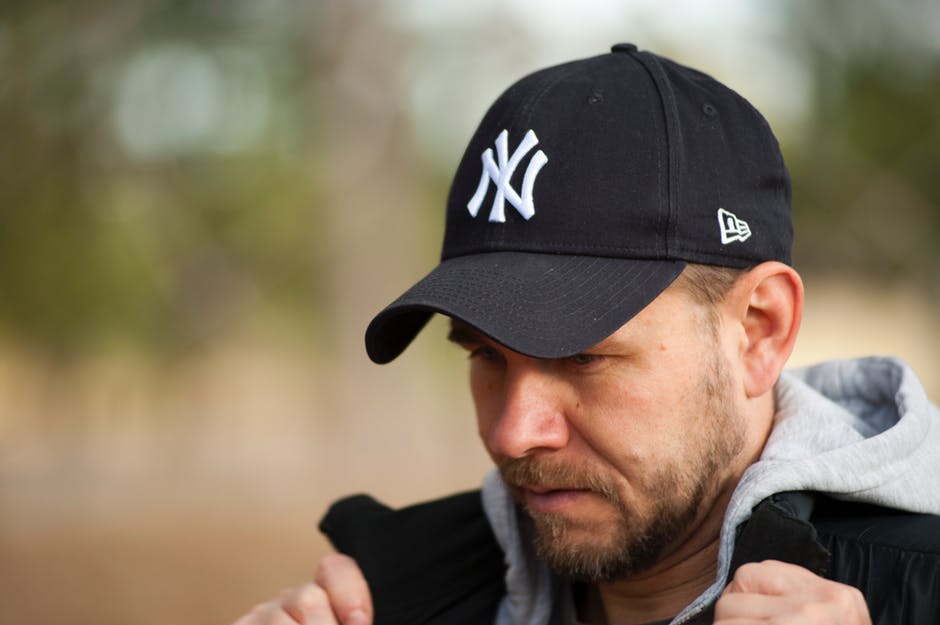Hats Off: Separating Fact from Fiction in Hair Loss
Reviewed by Zang and Ridwan
There’s a common belief that wearing a hat can lead to premature baldness, but is it true? Keep reading to explore the relationship between hats and hair loss and find out if there’s any real connection.
Hair loss and male pattern baldness are widespread issues, yet still poorly understood. Despite billions of dollars spent on combating baldness and extensive efforts to find solutions, common myths—such as those about hats causing hair loss—continue to circulate.
In the face of hair loss, many people will try anything and blame anything in an attempt to stop it. With two out of three men likely to experience hair loss by their 60th birthday, it's easy to see why.
So, do hats actually cause hair loss? Will going bare-headed now protect your scalp down the line?
Keep reading to learn more.
Hats and Hair Loss: Another Myth
Hats often get a bad reputation in the hair loss community, but there is no scientific proof linking hats directly to hair loss.
The theory suggests that pressure and friction from hats could put strain on hair follicles, possibly leading to premature hair loss. However, wearing a hat causes no more damage to your hair follicles than a ponytail worn by your wife or girlfriend.
When can hats become problematic? Wearing a dirty hat repeatedly may lead to scalp infections. If there are existing hair loss conditions, these infections can speed up hair thinning. To prevent this, wash your hats regularly or rotate them to avoid buildup.
Hats can also become an issue if they don’t fit properly. A tight band can increase scalp heat or restrict blood flow. An ill-fitting hat may cause temporary hair loss in certain areas, and while this can become permanent, it usually requires other contributing factors.
If you enjoy wearing hats and are concerned about hair loss, opt for a clean, well-fitted hat to protect both your scalp and hair follicles. And if you're dealing with significant hair thinning, consider scalp micropigmentation. It's perfectly fine to wear a hat after the procedure—just ensure it fits comfortably and is clean to preserve the treated area and maintain the best results.
What Do We Know About Hair Loss?
Hair loss can occur due to a variety of factors, sometimes resulting from a combination of causes.
Research indicates that male pattern baldness, the most common form of hair loss, may happen when the progenitor cells in your scalp, responsible for hair production, become defective or malfunction.
In some cases, the issue arises from a lack of progenitor cells, while in others, these cells fail to function properly. However, progenitor cell problems are not the only factor contributing to hair loss. Age, genetics, illness, and how well you care for your hair and scalp also play significant roles.
The frequent use of heat styling tools, such as curling irons and straighteners, can further contribute to hair loss.
Your Hat Is Your Friend
Avoiding hats now won’t necessarily protect your hair down the road. The truth is, it’s not just hats that contribute to hair loss—a combination of factors plays a role in baldness, and hats aren’t one of them.
If you are experiencing hair loss, it’s likely due to factors such as genetics, illness, or malfunctioning progenitor cells, which are the primary causes.
Looking to reverse your hair loss? Click here to discover how scalp micropigmentationcan help combat hair loss.
Book your scalp micropigmentation consultation today.
